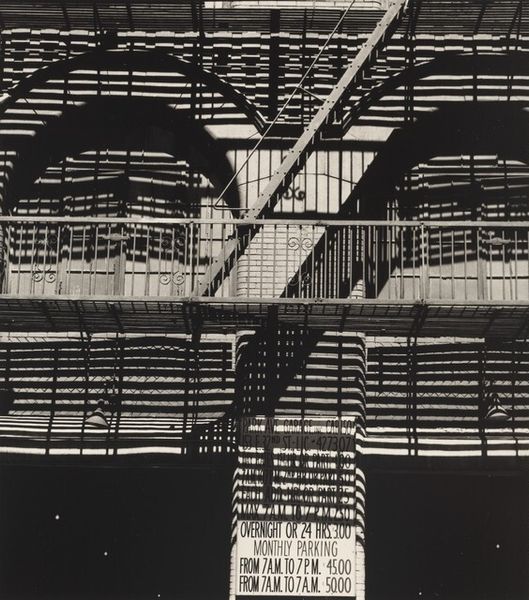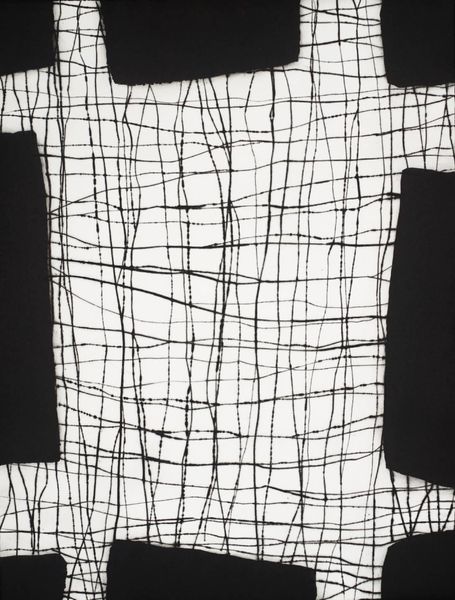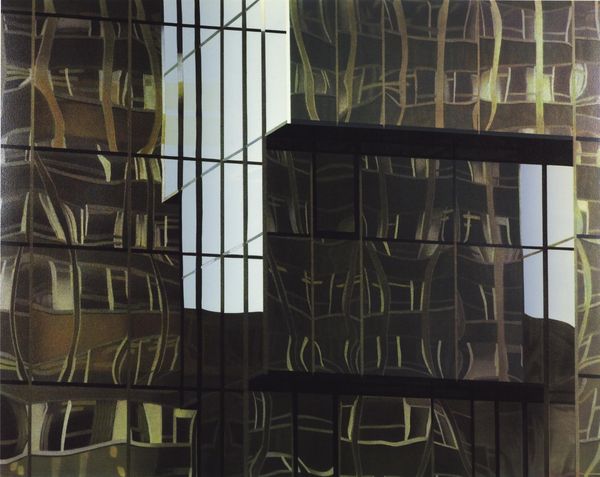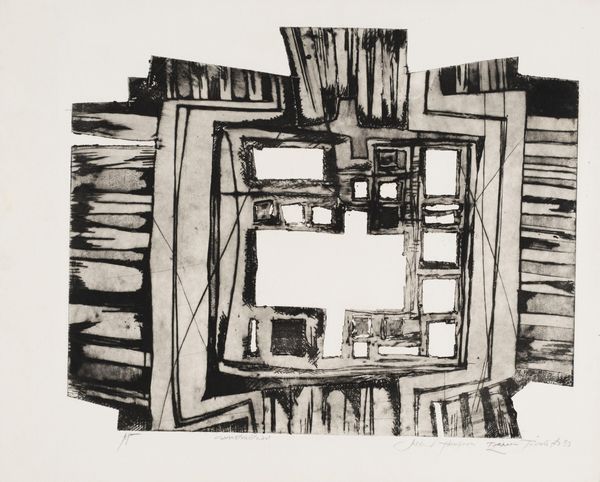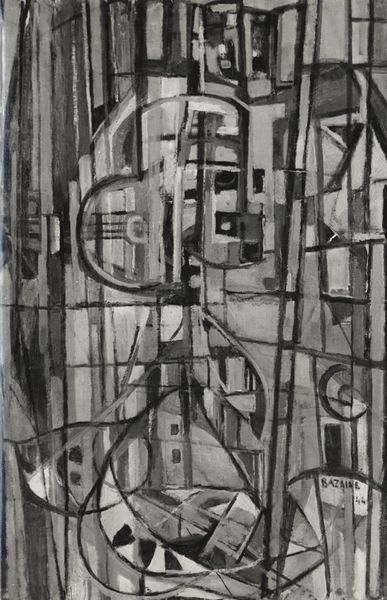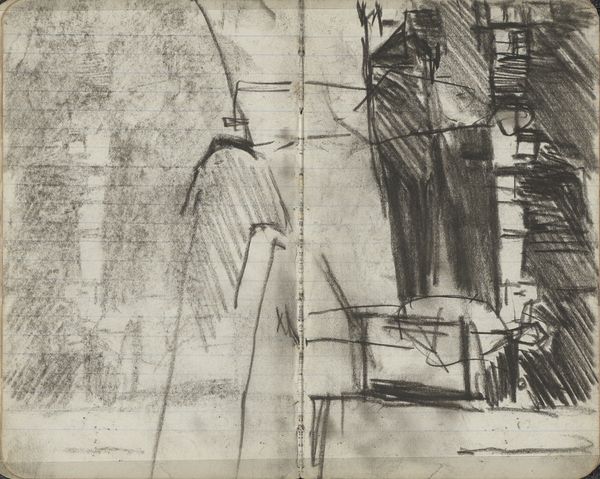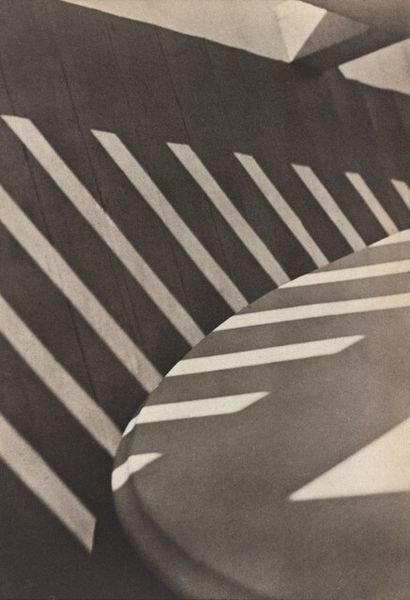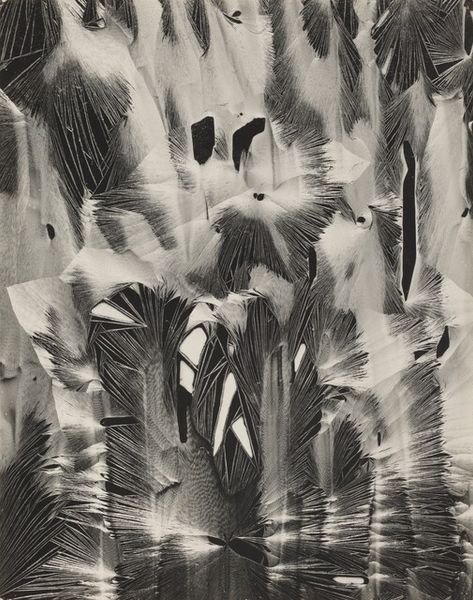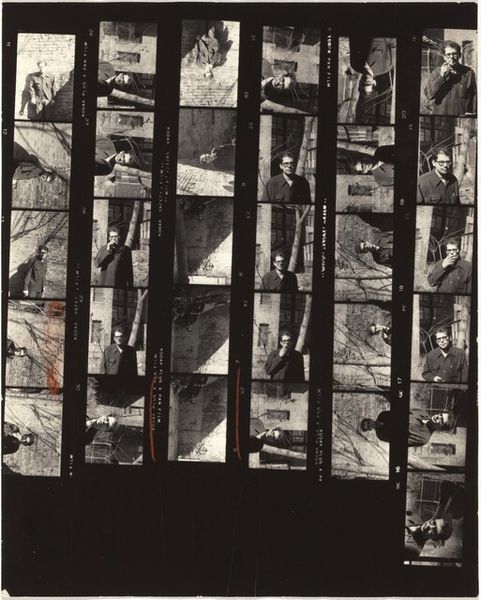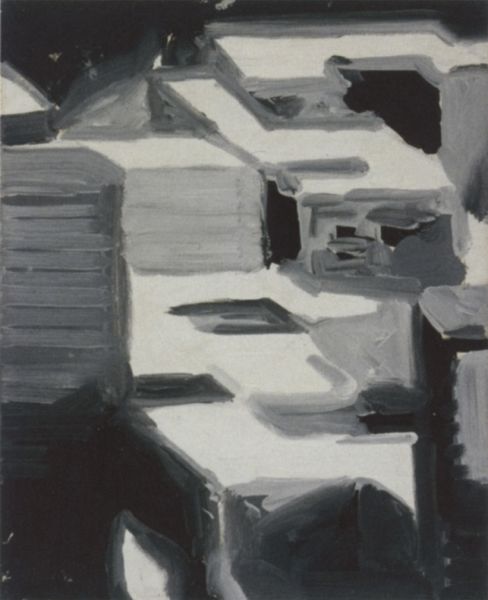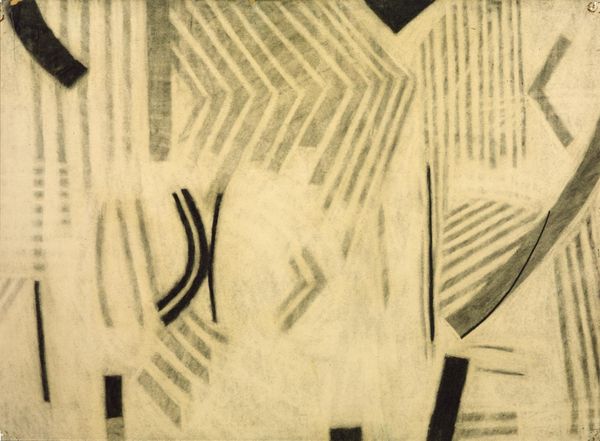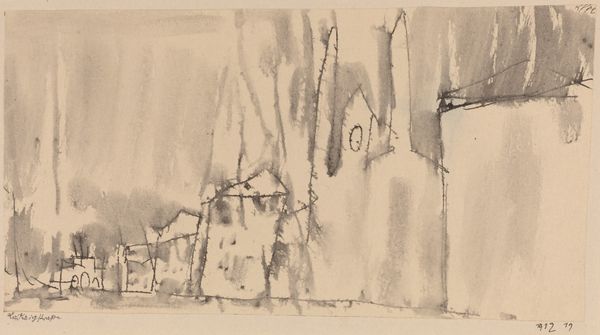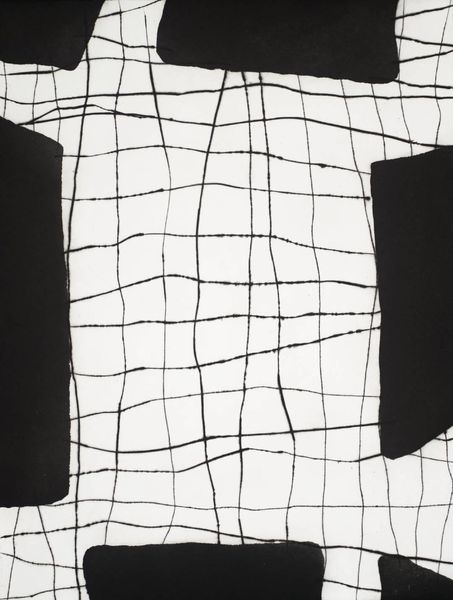
print, photography
# print
#
sculpture
#
photography
#
geometric
#
modernism
Dimensions: image: 16.9 x 11.9 cm (6 5/8 x 4 11/16 in.) mount: 33 x 25.2 cm (13 x 9 15/16 in.)
Copyright: National Gallery of Art: CC0 1.0
Editor: This photograph, "Chairs in the Prater," by Ladislav Foltýn, made between 1933 and 1934, it’s really striking! All these stacked chairs, it almost becomes an abstract sculpture in itself, like a commentary on mass production and objectification. What do you see in this piece, focusing on the historical context perhaps? Curator: Well, let's consider the context of the Prater, a Viennese amusement park, as a site of leisure and consumption. The chairs, rendered en masse, lose their individual function and become signifiers of repetitive labor and the provision of standardized experiences. The very material of the chairs - wood, paint - points to specific industries and the workforce employed to produce them. How does the use of photography, itself a product of industrial processes, contribute to this effect? Editor: That's interesting! So the choice of photography emphasizes the industrial aspect further. I guess I was focusing more on the artistic composition itself rather than its role within industry. Curator: Exactly. Consider how the photographic medium enables Foltýn to document and dissect the components of mass culture, almost dissecting it into raw components for examination. It transcends mere documentation. Instead, Foltýn prompts us to reconsider the social conditions underpinning leisure and how those activities are supported by both workforce and mass consumption. What aspects of the chairs themselves contribute to this reading? The worn paint, for example? Editor: Now that you mention it, the chipped paint and slightly damaged texture also indicate past usage, the wear and tear on the labor class as well. It brings forth a narrative that is both poetic and a bit dystopian. It's more than just photography now that you help me unpack it. Curator: Precisely! It is through careful examination of the materials, the processes of production, and the socio-economic context, that we start to unearth deeper layers of meaning and commentary in Foltýn’s work. Editor: Right, thank you. I will definitely think more about those details in other artworks I'll come across. Curator: The artwork has definitely grown to a higher potential once we considered materials and labour!
Comments
No comments
Be the first to comment and join the conversation on the ultimate creative platform.
